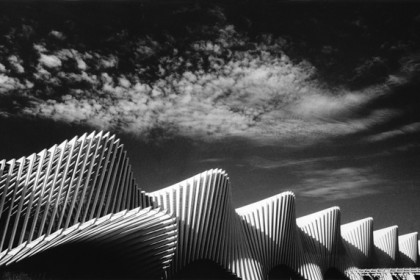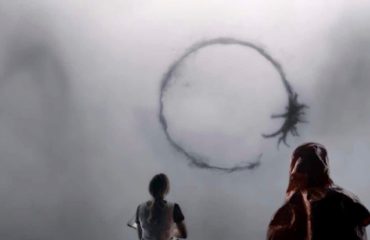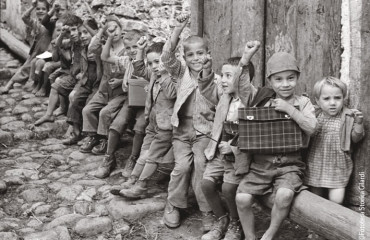
Stanislao Farri is on the threshold of ninety. He still has so much energy, so much desire to frame subjects that strike him and take photographs that, printed, draw lines and perspectives, depicting unusual and fascinating glimpses as the last project dedicated to avant-garde architecture in Reggio Emilia, one of Santiago Calatrava. The curves of the now famous bridges, the sails of the high-speed train station Mediopadana, stand in front of the white clouds, emerge from scenes of dark trees so they seem silhouette, or draw perfect geometry that enhances contrasted black and white, as if they were abstract works of art.
A passionate survey – now on display in Reggio Emilia at BFMR & Partners following a large monograph presented by the Gallery VV8 – which began in 2006, when the bridges were at an advanced stage of construction and completed very recently, giving us the overview and detail secrets of works. A testimony of an operation that is also a critical analysis – in the noblest sense of the word – a significant architectural and landscape intervention in the catalog are made by two genuine archistars, the same Calatrava and Mario Botta. While the curator, Sandro Parmiggiani, explains that “Parri has personally developed each of these images, obtained with traditional film in his darkroom […]. Just as he knows the truth and give us back the secret beauty of nature and the things of a man, all the way to a new cosmic landscape, with the three bridges that form a voltage of freedom and the train station that looks like a large sculpture, wave generated by the rhythmic speed and energy spread by the trains that pass through it, from trucks and cars transiting along the highway, a musical movement that spreads in the air and in space”.
Clouds and trees, as mentioned, are the protagonists of all the research of Parri, a search began in the early forties of the twentieth century, after professional experience in the field of typography and that brought him into contact with a client of Reggio companies that have requested its cooperation to all the eighties. All this enabled him to deepen the interest in both the formal aspects of both the technical ones, experimenting with various methods of developing and printing in the darkroom. But in parallel, outside the purely professional, born in the same years the number of trees, in fact, grow in their portraits, in their being alive, and the clouds, which Farri photographed with constancy and devotion to publish a monograph of 2005.
Many of the subjects of his investigation, almost always due to a desire for preservation of memory of the land of origin of the civilization and culture of the territory of Reggio Emilia. One example is the volume Amuleti di pietra of 2012, which includes images, devotional and “secular”, of carved stones from the “masons”, from the Romanesque cathedrals of the time away until the nineteenth century, and still standing on the walls of the mountain’s houses.
 English
English  Italiano
Italiano 



